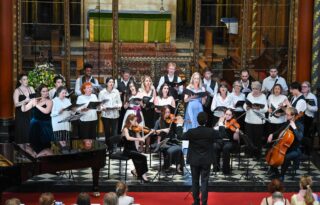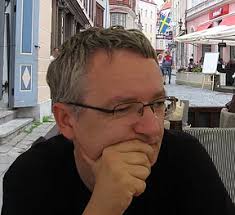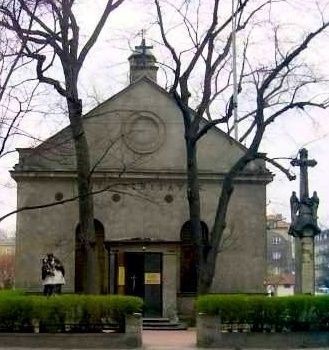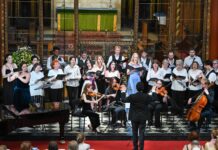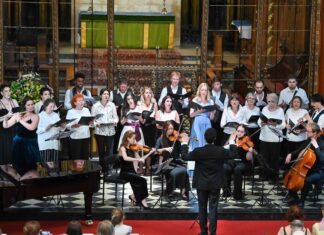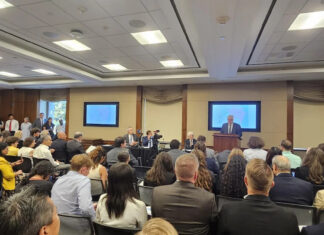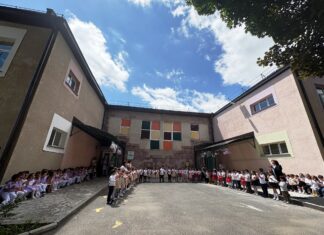By Grzegorz Pelczynski
LVIV, Ukraine and KRAKOW, Poland — Armenians were settling in the areas of today’s Ukraine, later incorporated into Poland, as early as the 11th century. During the following centuries, they established settlement centers in many cities and towns, in particular Kamieniec Podolski and Lvov. They were mainly occupied with trade and craft. In the 16th and 17th centuries, Armenians introduced Orient onto the Polish market, importing from the East a variety of oriental luxury goods, and producing their own from oriental designs for the nobility and patricians. Although they were an affluent community, some restrictions were imposed on them, since members of the Armenian Apostolic Church were regarded as heretics in the Polish society. However, in 1630 they entered a union with the Roman-Catholic Church and became Catholics of the Armenian Liturgy. This advanced their assimilation processes.
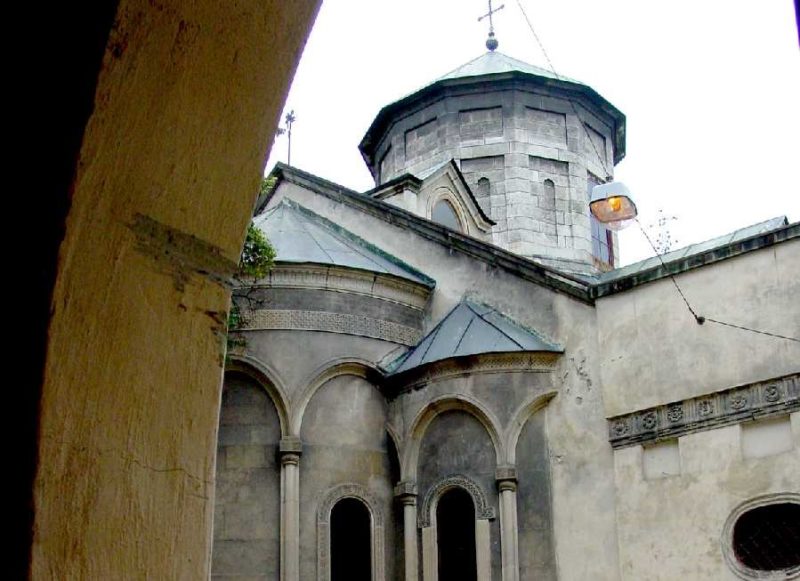
Towards the end of the 18th century, the country of Poland, partitioned by Russia, Prussia and Austria, ceased to exist. The area inhabited by the Armenians, i.e. East Galicia with its capital in Lvov, was incorporated into Austria. Soon afterwards, nearby Bukowina became a settlement place for the Polish Armenians.
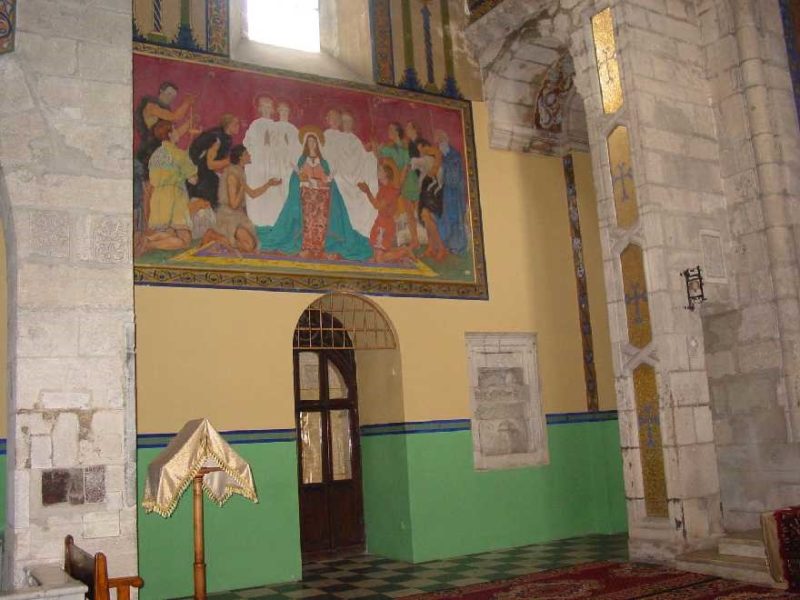
In the inter-war period there were almost five thousand Armenians in Poland; one thousand Polish Armenians lived in Bukowina, which then belonged to Romania. Also, in Poland lived about one thousand emigrants from Armenia and Russia who had escaped the 1915-1920 pogroms in West Armenia and the October Revolution. The Polish Armenians were at the time highly Polonized, except for those in the village of Kuty, who had preserved many elements of their culture. One thing retained from the old times was the Lvov Archdiocese of the Armenian Rite, headed by archbishop Józef Teodorowicz, an outstanding politician of the “Second Polish Republic”. In the 1930’s, the Archdiocese Association of Armenians initiated many cultural undertakings that performed an integrative function. Despite being a small population, the Armenians were highly respected by the Polish people not only in view of their prosperity, as many of them were landowners and industrialists, but also because of their patriotism.
During WWII, the Armenians from Eastern Little Poland (Malopolska Wschodnia) and Bukowina experienced twists and turns of fate similar to those of the other Polish citizens in those regions. During the Soviet occupation numerous Polish Armenians, who represented former elites, suffered severe persecutions. When the Germans invaded the area, the lives of some Armenians became threatened due to the exotic, Jewish-like appearance. At the same time, that appearance was instrumental in saving Jews, for whom Armenian birth certificates could be forged. A significant number of Armenians, particularly those from Pokucie, were killed by the Ukrainian Uprising Army (UPA). In the genocide in Kuty, lasting from 19 to 21 April 1944, over one hundred Armenians lost their lives. For a certain period of time, Armenian collaboration divisions were stationed in Lvov, for whom pastoral service was provided by priests Dionizy Kajetanowicz, the Archdiocese administrator, and Kazimierz Romaszkan. They both became imprisoned and, after the incorporation of Eastern Little Poland (Malopolska Wschodnia) to the Soviet Union, sentenced to many years’ imprisonment. Unusual were the stories of the Armenians in Bukowina, who regarded themselves as Poles, yet were residing in a country allied with the Third Reich.
As a result of WWII, the territory for centuries inhabited by the Polish Armenians became part of the USSR. The Armenians, like most of the Polish population living there, left their houses to go west to Poland. They were to become the citizens of the Polish People’s Republic (PRL). They settled mainly in the “Regained Territories,” predominantly in the Upper Silesia and the Lower Silesia. Many of them also settled in Cracow, Warsaw, the Tri-city (Trójmiasto) and other towns. Some tried to settle where their relatives or acquaintances lived before WWII. However, they did not manage to create close-knit settlement centers, being widely scattered throughout Poland. The dispersion affected not only members of parishes but also closest relatives, so contacts were often lost.
